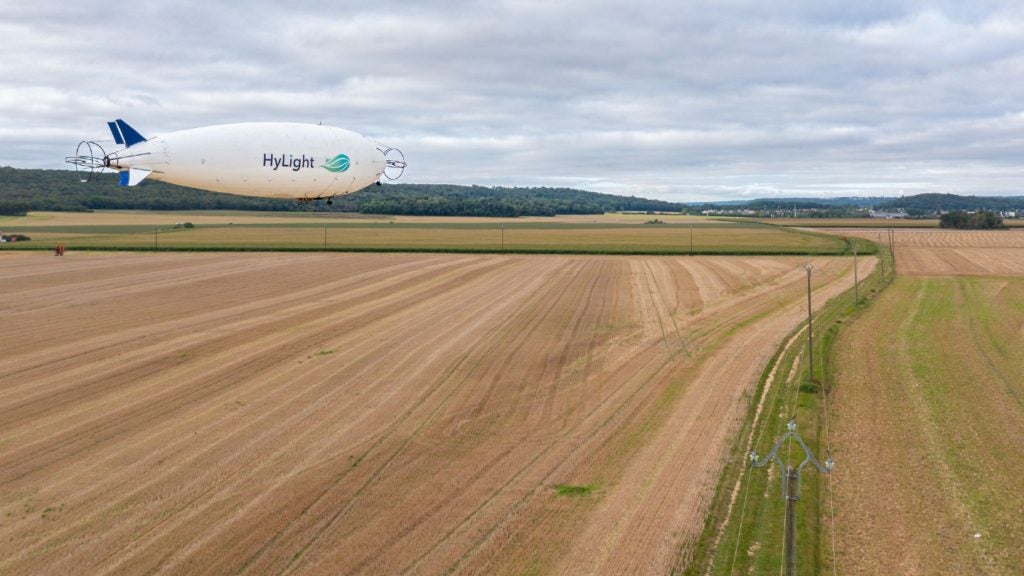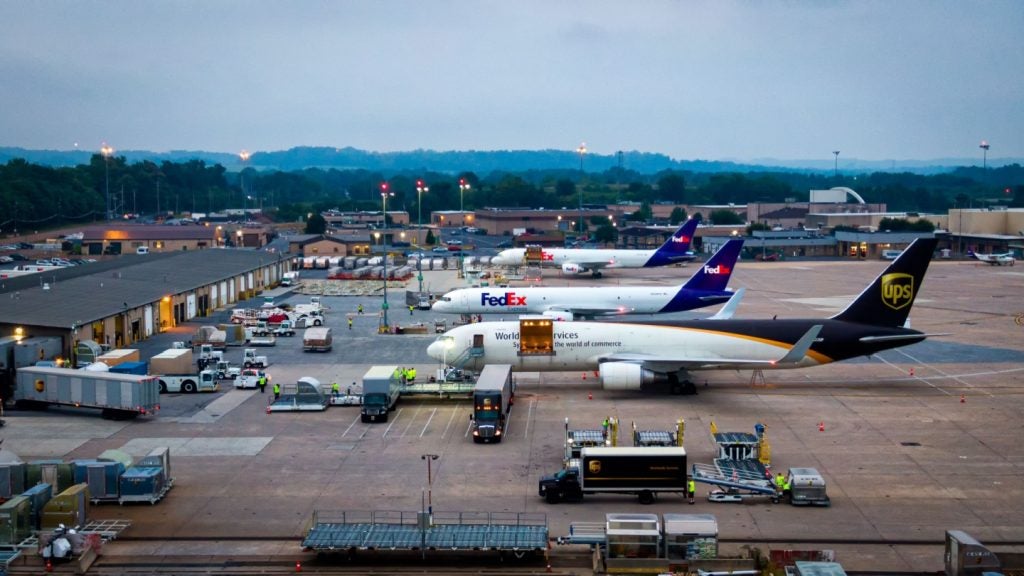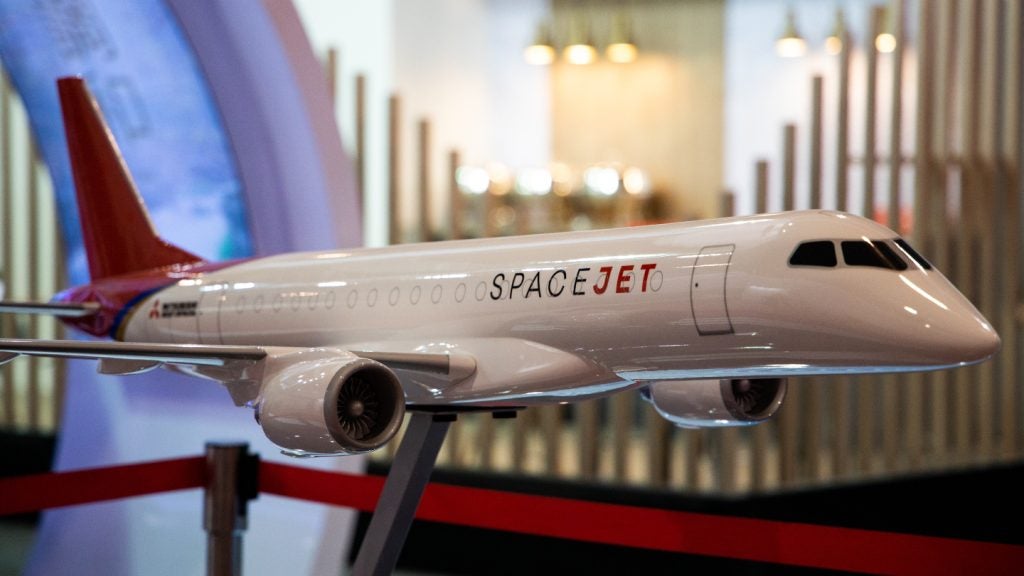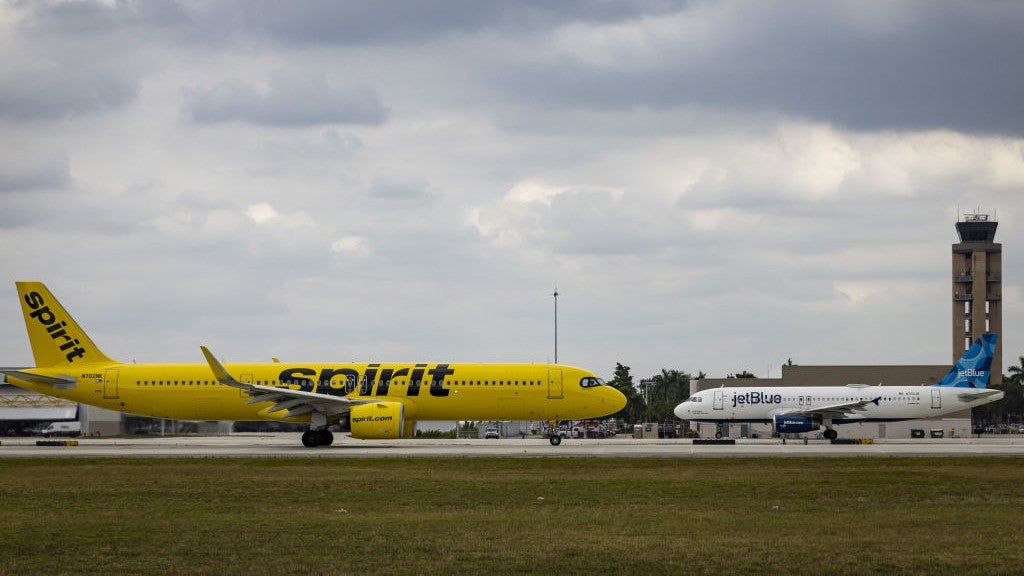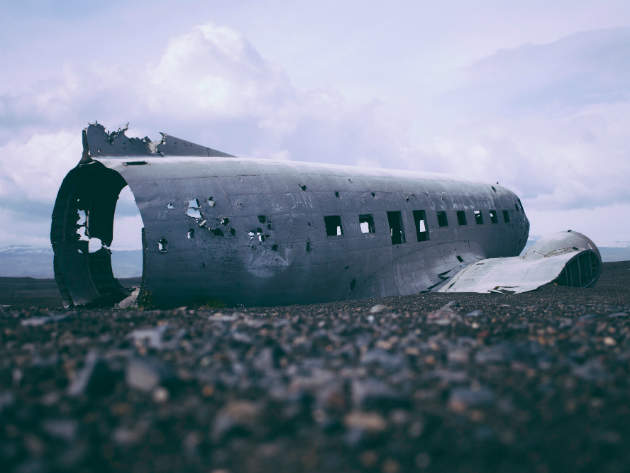
The aviation sector is undergoing a challenging and ambitious paradigm shift towards sustainable practices and operations, and one area where progress is being made is at the end of an aircraft’s life.
Today, a commercial aircraft has an average retirement age of around 25 years, after which an arduous and highly technical dismantling and recycling process follows – all part of a lucrative market valued at over at $80m per year.
The exact number of aircraft thought to need scrapping before 2030 varies significantly: the Aircraft Fleet Recycling Association (AFRA) estimates that 12,000 aircraft could be retired in the next 20 years; Avolon’s World Fleet Forecast puts that figure at 13,000; and Flightglobal’s calculations go up as high as 17,000.
For most commercial aircraft today, 80%-85% can be recycled depending on type, and even up to 99% in certain cases, although this is still quite rare and comes at a higher cost. The figure is a major improvement from just under 50% a few years ago, but challenges remain, particularly in the management of newer materials such as carbon fibre.
So what happens to an aircraft at the end of its life, and what are some of the leading projects offering solutions for the safe and sustainable recycling of commercial aircraft?
The end of life: dismantling an aircraft
Over an average lifespan of 20-25 years, an aircraft can rack up an average of 40 million km, equivalent to 1,000 laps around the world. As the Air Transport Action Group (ATAG) points out, some long-haul aircraft can fly over 100 million kilometres for several airlines.
How well do you really know your competitors?
Access the most comprehensive Company Profiles on the market, powered by GlobalData. Save hours of research. Gain competitive edge.

Thank you!
Your download email will arrive shortly
Not ready to buy yet? Download a free sample
We are confident about the unique quality of our Company Profiles. However, we want you to make the most beneficial decision for your business, so we offer a free sample that you can download by submitting the below form
By GlobalData“The end of use depends on aircraft utilisation and is mostly dependent on the maintenance done during its life,” says Armel Jezequel, director at aviation group Vallair. “The operational cost, evolution of regulation, fuel consumption and financial depreciation are the key factors.
“As an example an Airbus A320 reaches a significant milestone at 80,000 flight hours as a limitation.”
AFRA’s BMP guide – Best Management Practice for Management of Used Aircraft Parts and Assemblies and for Recycling of Aircraft Materials – is followed as the global standard for environmentally responsible aircraft disassembly and recycling.
In a routine recycling scenario, the airplane’s owner will send it to a dismantling yard, where its components will be stripped off and recycled. Between 40% and 50% of the weight of most dismantled aircraft finds its way back to the parts distribution pipeline.
Once at the yard, a full aircraft maintenance test takes place, to check all its systems.
This is followed by the aircraft drain, or the “depollution process”, where toxic and radioactive materials and fluids are safely stripped off and discarded of in line with strict environmental permits and regulations.
A qualified engineer will then identify and remove salvageable and useful parts for reuse, in accordance with the Aircraft Maintenance Manual. The most valuable parts are the engine and landing gear.
Once these interior components are removed, the aircraft’s fuselage and wings are torn down by heavy machines and loaded into bulk tippers that take them to a metal processing site.
Typically, an aircraft will be made out of a mix of aluminium, stainless steel, titanium, glass or reinforced polymer composites, magnesium alloys and several tons of copper and aluminium wiring. AFRA members reportedly produce some 30,000 tons of aluminium, 1,800 tons of special alloys, and 600 tons of parts every year.
Breaking down boundaries
The international community is striving for ever-greener practices. As the leading global organisation for the sustainable management of end-of-life aircraft, AFRA today counts 72 members, from airlines, airports, manufacturers of aircraft and engines, to component suppliers and operators.
In 2005, Airbus became a pioneer in the field of aircraft recycling when it launched PAMELA, a project that demonstrated that up to 85% of each aircraft’s components could be safely and effectively reused, recovered or recycled, compared to just 60% before the project’s inception.
With support from the European Commission, the research applied recycling techniques from other industries and managed to reduce landfill waste to less than 15%, instead of 40%-50%.
PAMELA’s success led to the creation of Tarmac Aerosave, a follow-up project in partnership with Safran that now recovers materials making up 90% of an aircraft’s weight and aims to commercialise the practices of its predecessor.
And in 2011, Bombardier, alongside Canadian university Polytechnique Montréal and the Centre technologique en aérospatiale, embarked on a $1.4m research and development project to find new ways to recycle and recover metals.
One of the most prolific aircraft manufacturers on the market, Bombardier believes that 5,000 aircraft in the 60 to 150-seat categories will retire by 2034. In response, the company’s corporate objective, outlined in its ongoing end-of-life programme, states that 100% of all its new products should be recoverable by 2025.
Airports and air operators can do more to ensure safe and clean practices by performing quality audits and by carrying out dismantling by an approved organisation, vetted by AFRA, EASA, ASA or and in accordance with environmental regulation, Jezequel says.
New challenges and opportunities

The process, however, doesn’t come without its challenges.
In an article for the Chartered Institution of Wastes Management, environment compliance and ISO manager at GJD Services, Aine Spoors, highlighted that “a typically problematic part of the recycling process is the inside window reveal (the decorative panel surrounding the cabin window)”.
New materials such as carbon fibre, which are part of newer generation aircraft, are also difficult to recycle and “have yet to find a commercially active salvage market”, the International Air Transport Association (IATA) points out. “Ironically, the very composites that make an aircraft lighter and improve fuel efficiency are also very difficult to deal with environmentally.”
Boeing started recycling carbon fibre in 2011 from two of its facilities, sending it to the now rebranded ELG Carbon Fibre in the UK.
“Although using recycled carbon fibre is far less energy intensive and hence less expensive, the facilities able to recycle on a commercial basis are few and far between,” IATA’s analysis states. “The expensive alloys found on engines such as nickel and cobalt also require highly specialised facilities.”
Transportation is another issue. If an aircraft is in good enough condition to fly, it can get to the dismantling yard and still be worth something. However, while retired ships can take advantage of towing facilities, the aviation industry doesn’t have this option. As a result, many aircraft are scrapped or sit rusting away in parts of the world with few recycling facilities, as the financial and environmental cost of getting them to the requisite sites for break-up is too great to justify, IATA notes.
But there are also exciting opportunities to be had. The rising popularity of 3D printing could prove a “real game-changer for the industry” and enable up to 95% reduction in raw material waste, the International Civil Aviation Organization (ICAO) wrote in last year’s Environmental Report.
Although the aircraft recycling market is currently led by volatile oil and aluminium rates, recycling new materials could become very lucrative in the future.
The way forward
Regulation is yet to tackle some of the issues in this area. While strict regulation exists in product lifecycles for automobiles and electronic white goods, no such rules are imposed on the aviation industry and as a result, sustainability efforts are massively disjointed.
Going forward, the growing number of aircraft nearing their end of life, coupled with the even greater number of those waiting to enter the market in the coming years, makes it imperative for the industry to tie up loose ends in this area.
All major organisations representing the sector agree that progress is needed, and have already expressed their willingness to join forces.
“From cradle-to-grave and to cradle-to-cradle, a case is being built on a daily basis by those who work hard to limit the aircraft environmental impacts, after those aircraft have completed their service in the development of international aviation,” ICAO wrote in their report.
But for the time being, “the recycling market still needs to develop some new solutions in order to achieve the development of a 100% recyclable aircraft,” Jezequel says.



